To sum up the plot, Guardians of the Galaxy Vol 2 picks up with the Guardians after a mission gone wrong, driving a wedge between Peter Quill (Chris Pratt) and Rocket (Bradley Cooper). When the team meets Ego, claiming to be Peter’s father, invites Peter and the Guardians back to his planet. Splitting into groups Peter goes with Drax (Dave Bautista) and Gamora (Zoe Saldana) with him as he reconnects with his father, while Rocket (Bradley Cooper) and Groot (Vin Diesel) fall into trouble with the Ravagers, led by Peter’s surrogate father Yondu (Michael Rooker).
As soon as the Guardians are taken to Ego’s planet, Gunn hits you with vibrant colors and whimsical atmosphere, perfectly complemented by George Harrison’s song, My Sweet Lord. Blue, orange, and yellow skies with a perpetual aurora borealis touch high mountain formations and lush green and red terrain. Cascades of multi colored bubbles adorn the sky. It is a paradise. Before this scene, the Guardians were hesitant to trust Ego, but the beauty of his planet is alluring to them.
It isn’t until later on in the film, when Peter and the Guardian’s learn the true nature of Ego’s need for Peter that the Planet himself changes. This change is signaled when Gamora and Nebula (Karan Gillen) discovers a large pile of various bones hidden away on Ego’s planet. The placement of the bone pile is a planetary skeleton in the closet, buried away from the pleasing aesthetic of Ego’s world. These bones are the other children of Ego who failed to harness the power he needs to ignite seeds he has planted to make everything into his image. Peter, now able to harness the power, can change the Universe, the entire setting into Ego. The facade is lowered even more by seeing the true face of Ego on the surface of the Planet itself, straight out of a Marvel comic.
As Peter and the Guardians fight Ego, the planet crumbles and conforms to Peter and Ego, using the environment around them and the power it gives them against each other.And as Ego’s brain is destroyed, Ego’s “human” form fades into dust as his true self, the planet crumbles around Peter, symbolizing their broken relationship. But, Yondu, Peter’s “true” father saves him from the planet’s destruction, cementing Yondu’s arc from a failed father to no longer being isolated by his mistakes, finding redemption in saving his son.
The Guardian’s ship, the Milano, also subtly tells the tale of the Guardians. In the beginning of the film, the Milano is a place of comfort and home, emphasized by the use of Lake Shore Drive, by Aliotta Haynes Jeremiah. A golden sunset radiates the cockpit and the wooden paneling that holds the ship’s cassette player. Once the Sovereign fleet attack the Guardians, their ship is left in pieces, just like Rocket and Peter’s relationship. Their inability to work together caused the group to be unable to properly escape, and if it wasn’t for Rocket taking the batteries from the Sovereign, they never would have been in the situation. As Star Lord, Drax, and Gamora leave with Ego, they walk towards sunlight, as Rocket turns away. It isn’t until the end of the film, at Yondu’s funeral, that this golden light returns, showing their return to being a family.
Contrasting the Sovereign is the planet Contraxia, where the audience is re-acquainted with Yondu. It is a snowy, cloudy planet that houses an outpost filled sleazy neon signs, perfectly reflecting Yondu’s current state, as he is shown isolated in a room, looking down on the rest of his Ravagers completely alone. Over the course of the film, he realizes that he isn’t alone, and that he had not driven everyone from his life
Works Cited
"Play Movie with Audio Commentary by Director James Gunn." Guardians of the Galaxy Vol. 2. Dir. Gunn. Walt Disney Studios, 2017. Blu Ray

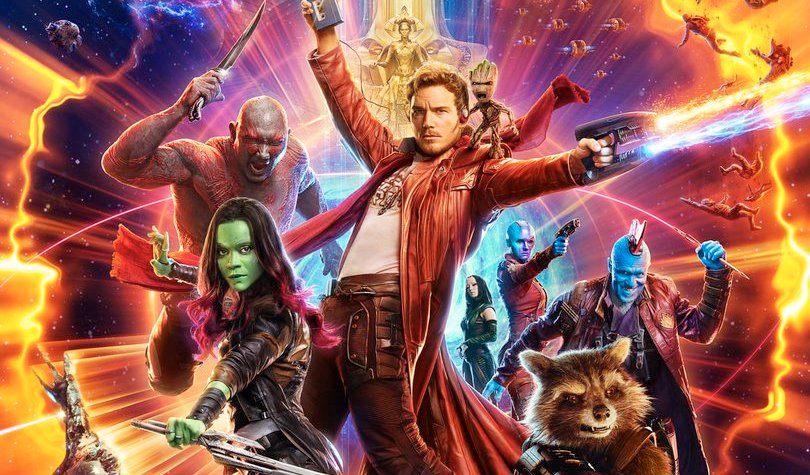
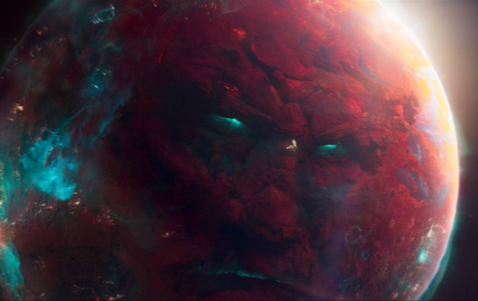
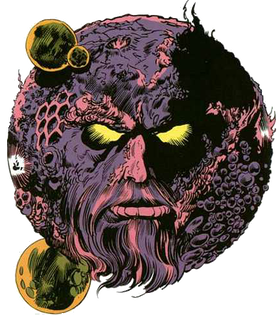
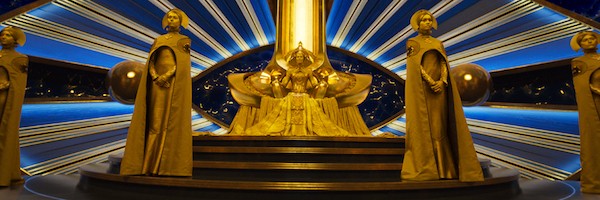
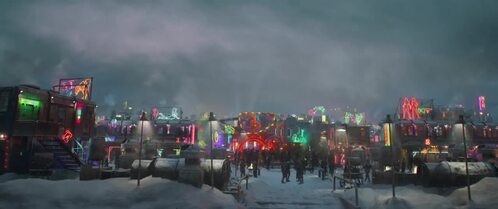
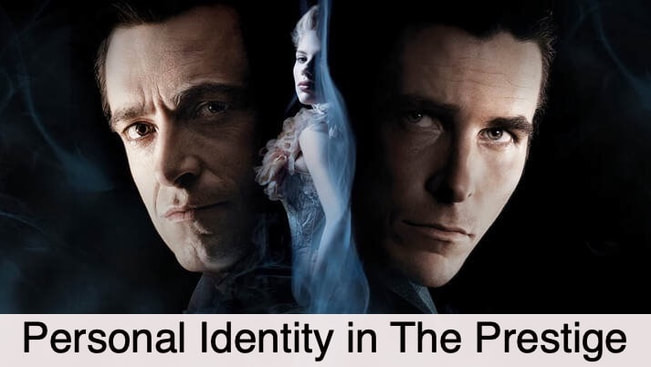
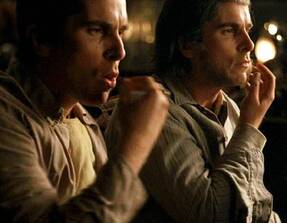
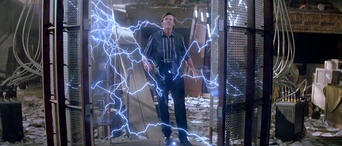
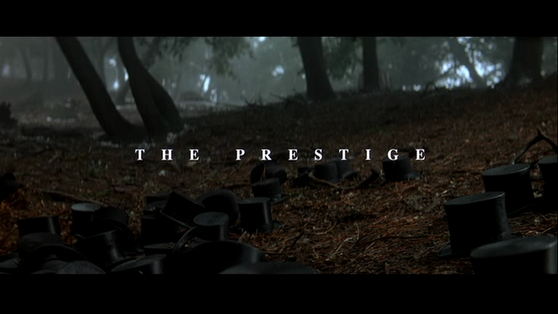
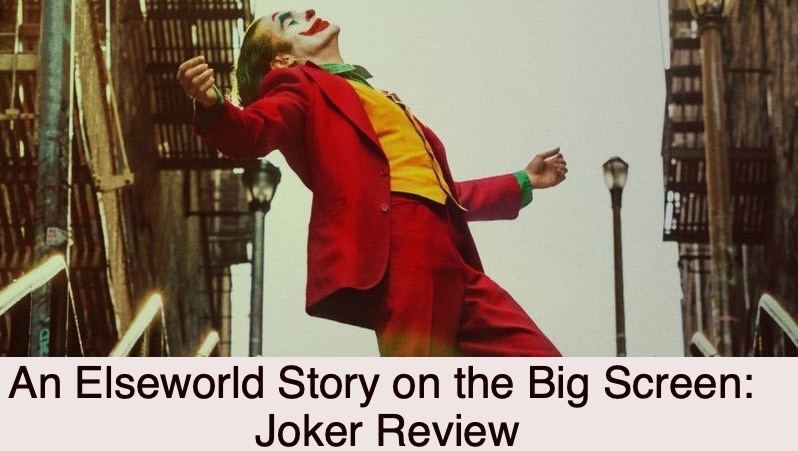
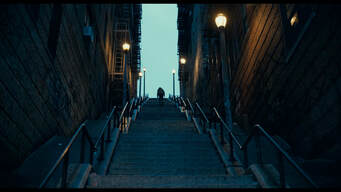
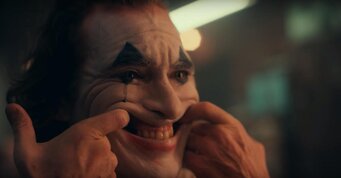
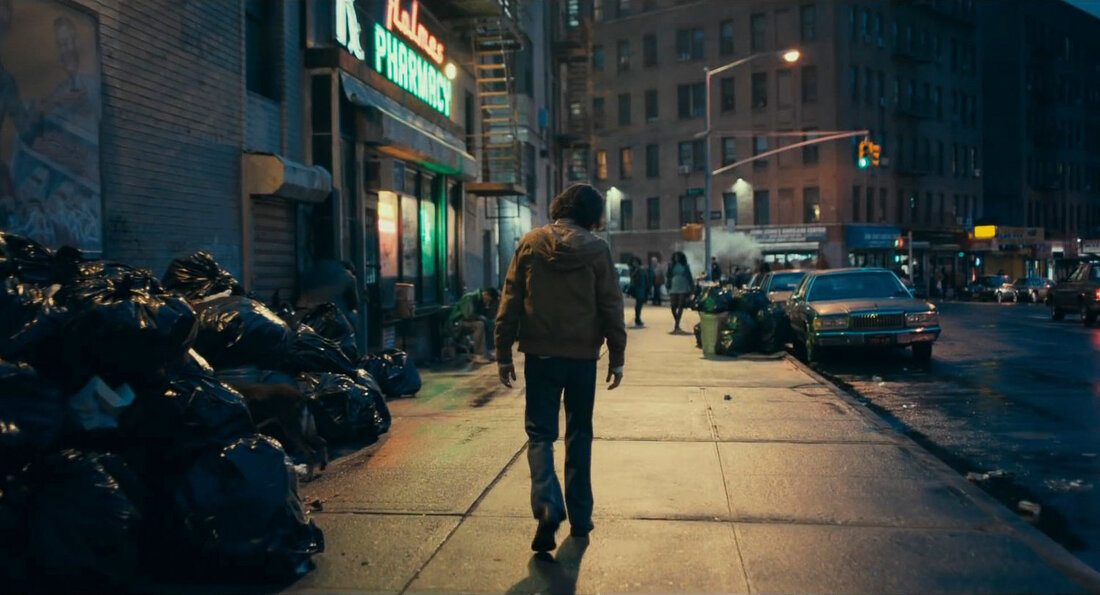
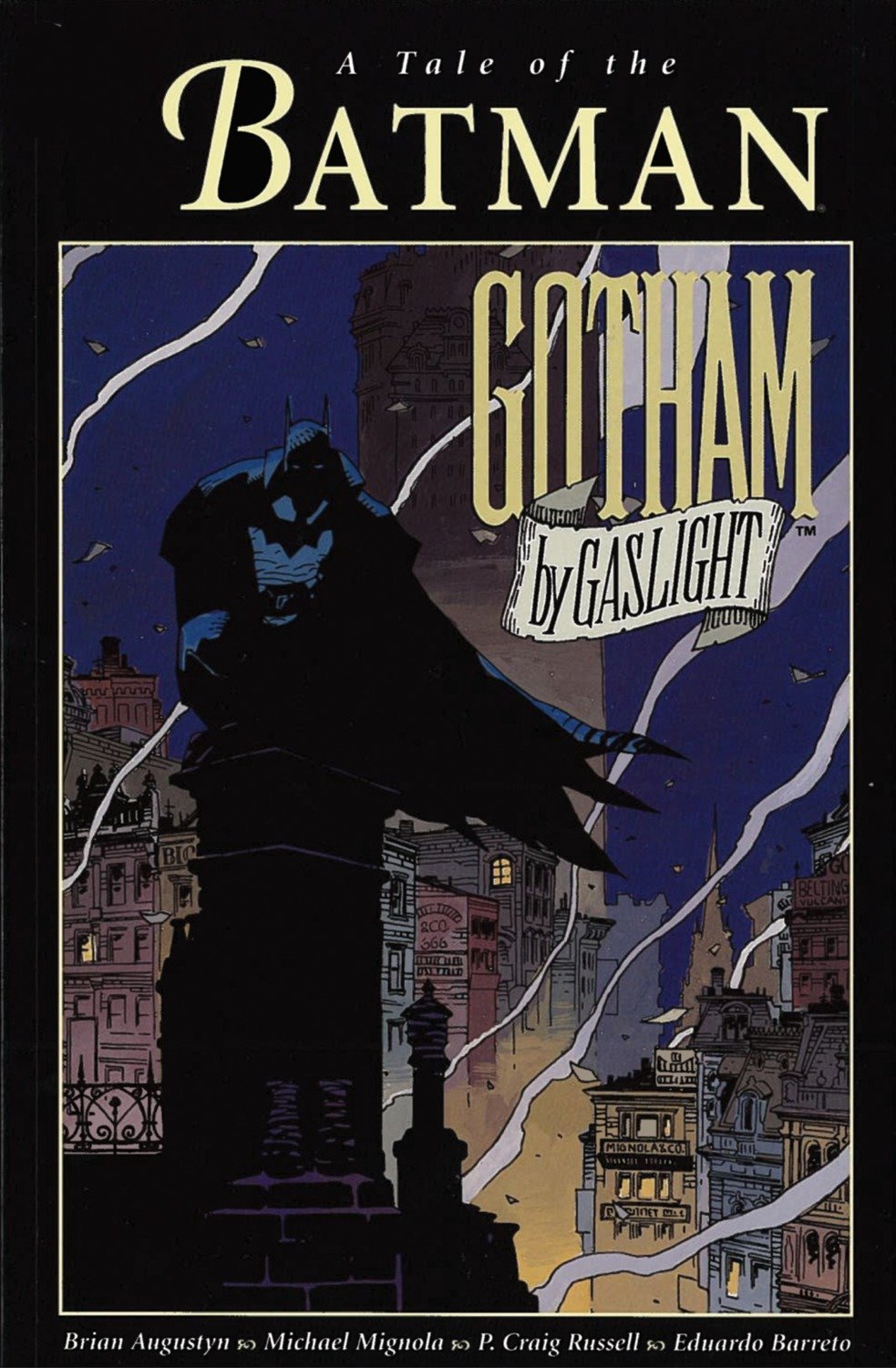
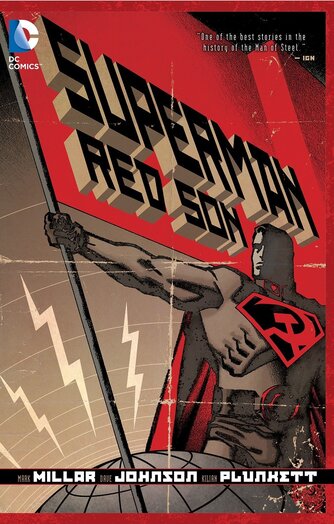
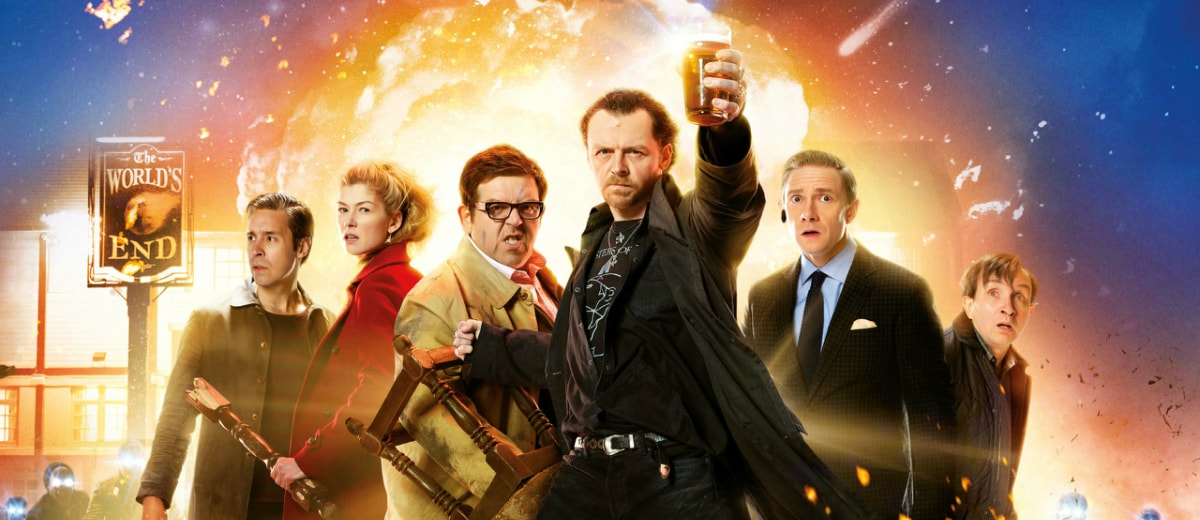
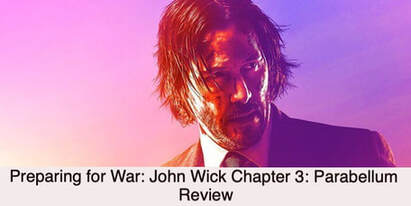
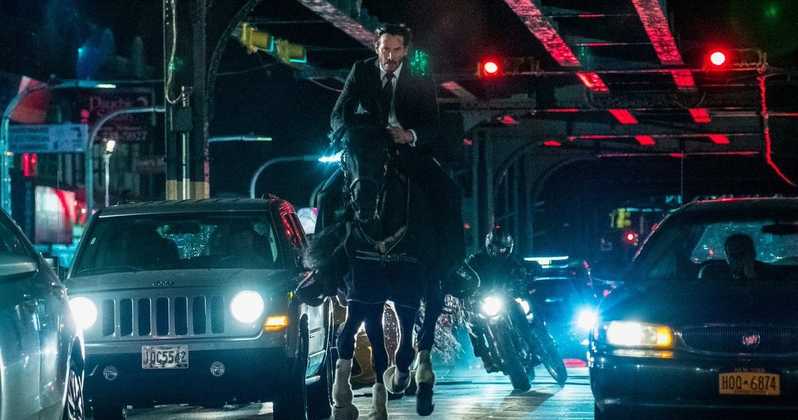
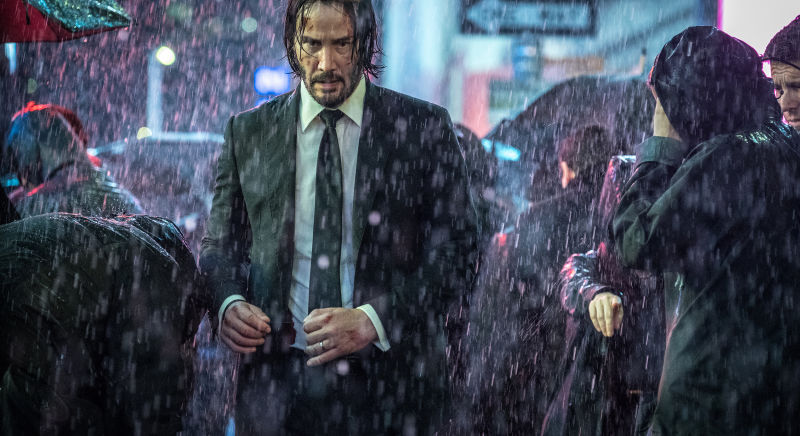
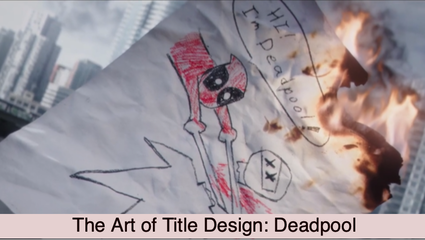
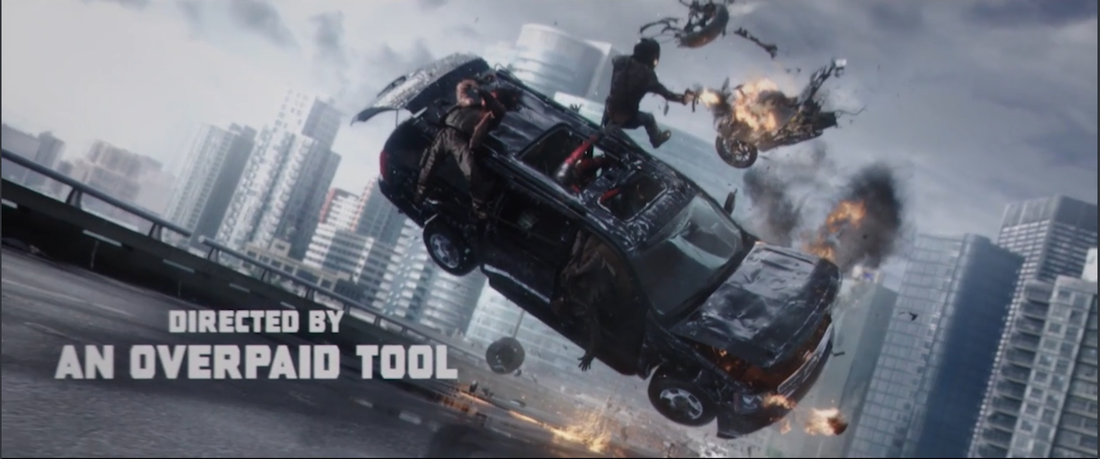
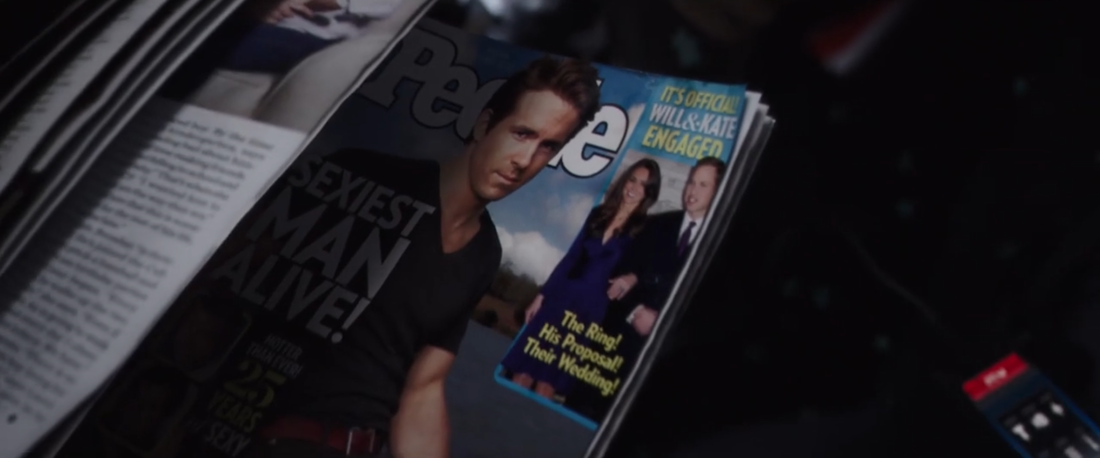
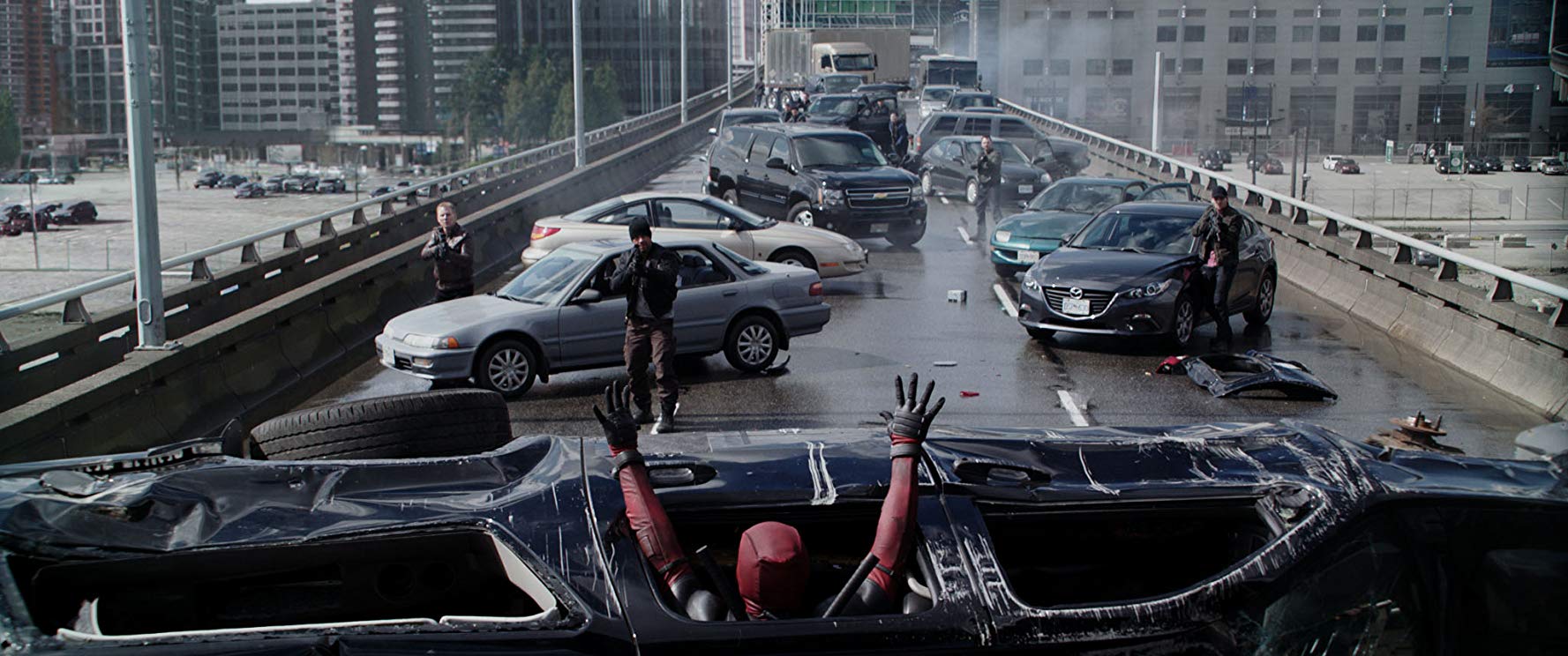
 RSS Feed
RSS Feed
